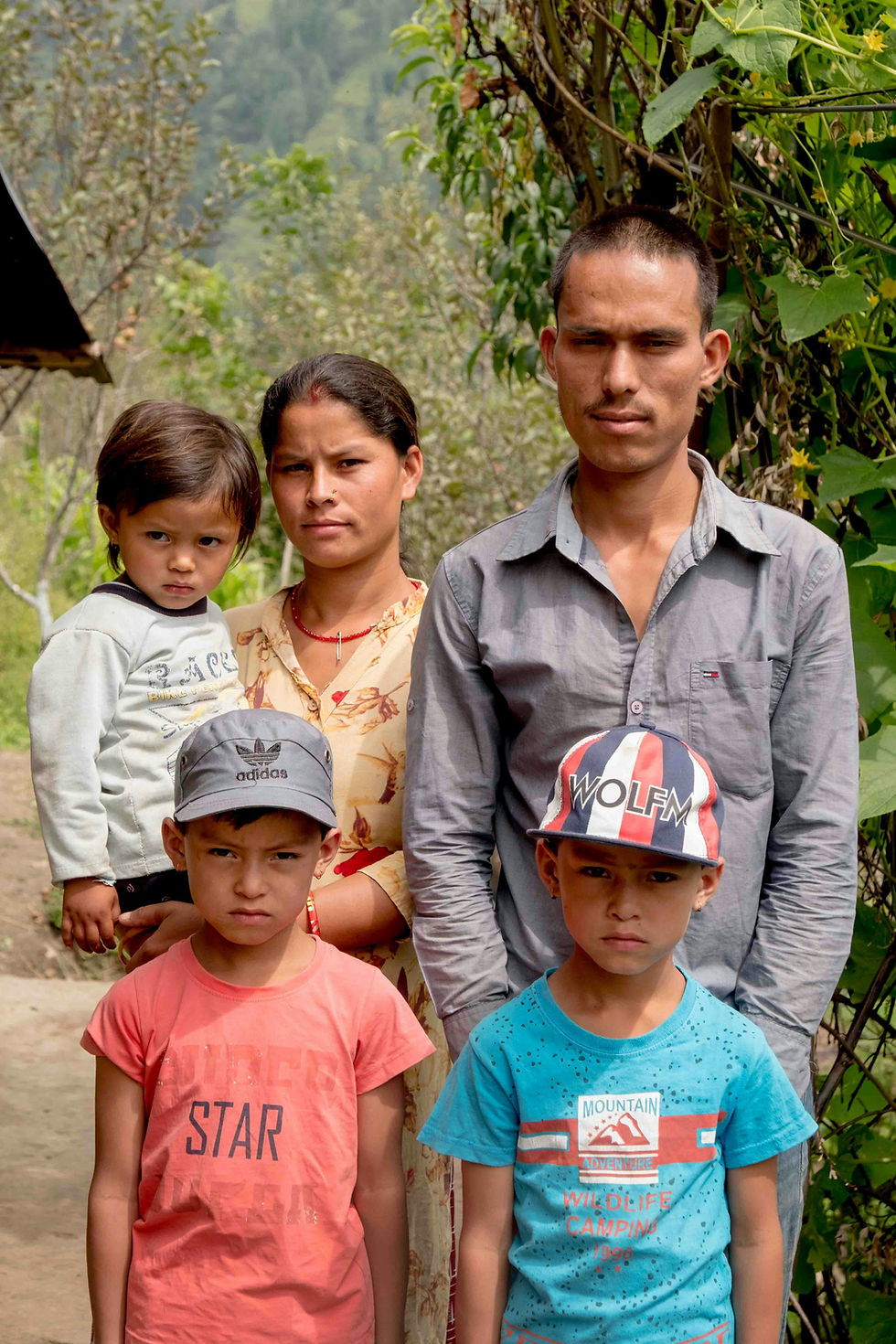What about prevention? A science-based response to school shootings
- National Prevention Science Coalition

- Jun 14, 2022
- 3 min read
Updated: Jan 13, 2025

By Anthony Biglan, Diana Fishbein and Michael B. Greene
Opinion contributors - 06/08/22
Every time there’s a mass killing, politicians direct our attention to mental illness as the primary cause. And although mental health issues are more prevalent than ever among our youth and treatment is certainly called for, statements like this ignore the fact that we can prevent young men from reaching the point they are motivated to kill others.
Most of these young men have a long history of exposure to trauma. In the case of the shooter in Uvalde, Texas, he was reportedly bullied over the years by other students because of his stuttering and speech impediment. It was also reported that he had a strained relationship with his mother. The Buffalo shooter was similarly described as an awkward loner with few friends.
Indeed, research on mass shooters shows that many “felt bullied, persecuted, or injured by others prior to the attack.” Nikolas Cruz, the Marjorie Stoneman Douglas High school shooter, was described as a “broken child,” having been adopted at a young age and when both of his adoptive parents died, he was taken in by a neighbor.
We could go on, but the point is an overwhelming majority of mass murderers have a significant history of early trauma and violence, which likely influenced their proclivity toward violence. And in all instances, early signals that the perpetrators were severely distressed, angry, and socially isolated were either missed or ignored and effective interventions were not offered. Indeed, since Columbine, scholars have identified early warning signs that, if heeded and treatment is provided, can help to reduce the likelihood of subsequent and more serious problems arising, including but not limited to violence targeted toward others and self-injury.
In the past 40 years, prevention scientists have identified numerous school and family programs that can help to lessen the probability of mass shootings by preventing the kind of chronic traumatic experiences that drive young men to the point of wanting to kill people.
Family programs support parents in learning to abandon harsh or neglectful parenting tactics and become more adept in nurturing their child’s prosocial development. Similarly, school programs like Positive Behavioral Intervention and Support, the Good Behavior Game, Life Skills Training and Cooperative Learning instill social and stress management skills that help children and teens develop healthy relationships. Rather than punishing kids with conduct problems and those who bully others, these programs work by reinforcing cooperation, self-control and caring.
Some may argue that it is a waste of money to make these programs available in every community given the small number of school shooters. We also know that the vast majority of youth who are subjected to chronic trauma do not engage in violence. However, trauma has serious negative impacts on all who experience it, from mental health issues to chronic disease. Thus, it is imperative that we invest in reducing adverse social conditions and widely implement well-tested programs that are known to reduce the risk for many psychological and behavioral problems some young people develop, such as academic failure, depression, suicide, tobacco, alcohol and other substance use and other behaviors.
Of course, we can also prevent school shootings by making it harder for angry young men to purchase guns and sizable amounts of ammunition. One of the reasons for the dramatic decline in the number of youth who smoke is that we have made it harder for them to purchase cigarettes. Among the policies that could reduce gun deaths is prohibiting gun sales to anyone under 21. That strategy has worked in reducing alcohol-related car crashes and has begun to work in reducing youth smoking. If we can prevent deaths due to alcohol and cigarettes, why shouldn’t we enact policies that prevent troubled youth from killing our children?
It’s the least we can do — the very least.
In short, the knowledge and tools are at our disposal to potentially prevent many young people from becoming school shooters by widely scaling programs proven to reduce sources of trauma and foster caring and supportive environments in our schools and communities. The availability of these science-based solutions should mobilize the political will and public support for instituting these measures.
This piece appeared as an op-ed in The Hill on June 8th. It was written by Anthony Biglan, Diana Fishbein, and Michael B. Greene. View the article in The Hill.
Anthony Biglan, Ph.D., is a senior scientist at the Oregon Research Institute, the founder of Values to Action, and a board member of the National Prevention Science Coalition to Improve Lives (NPSC). Diana Fishbein, Ph.D. is a senior scientist at the Frank Porter Graham Child Development Institute at the University of North Carolina and president of the NPSC. Michael B. Greene, Ph.D., is a clinical psychologist and board member of the NPSC.




Comments